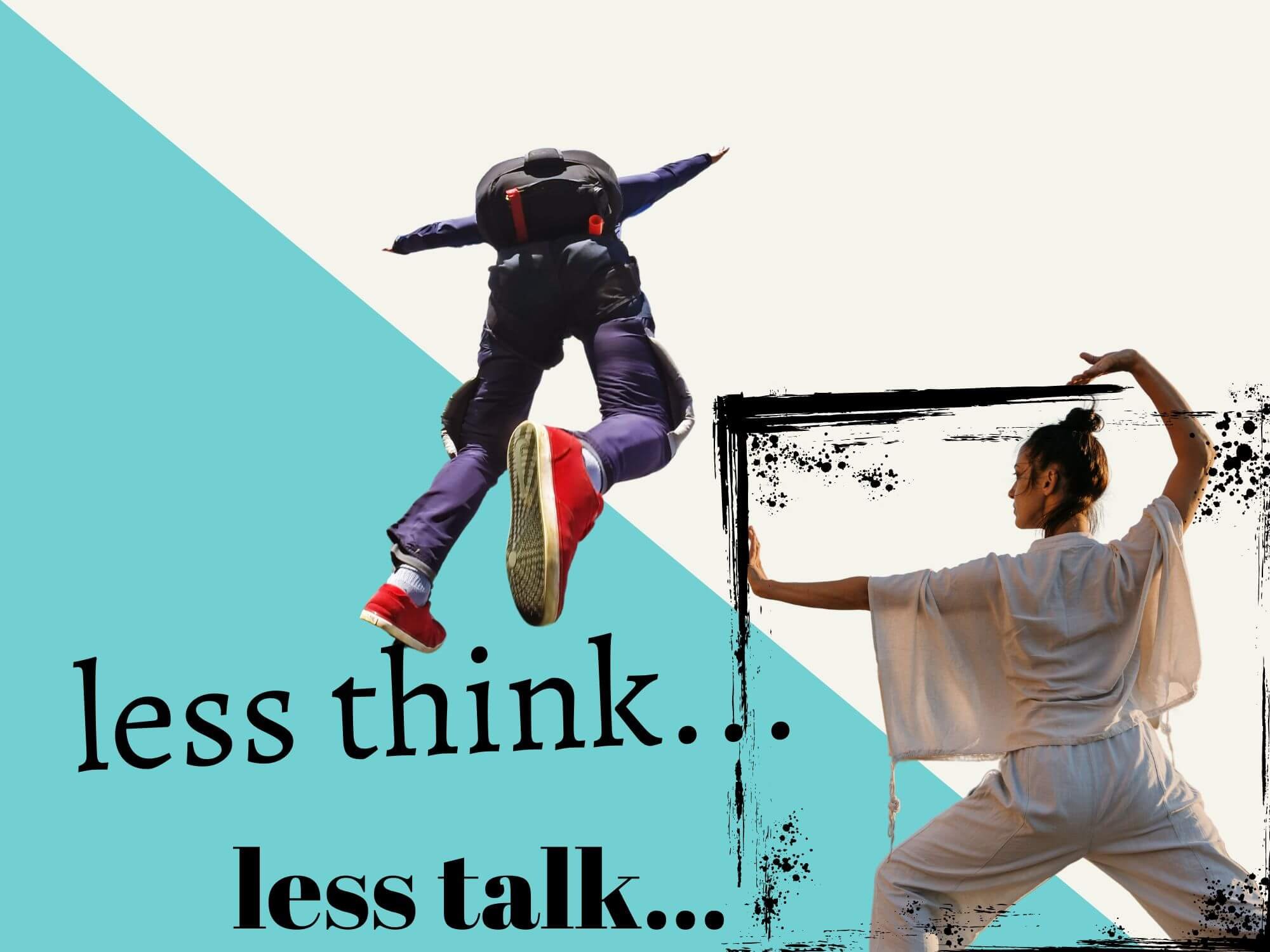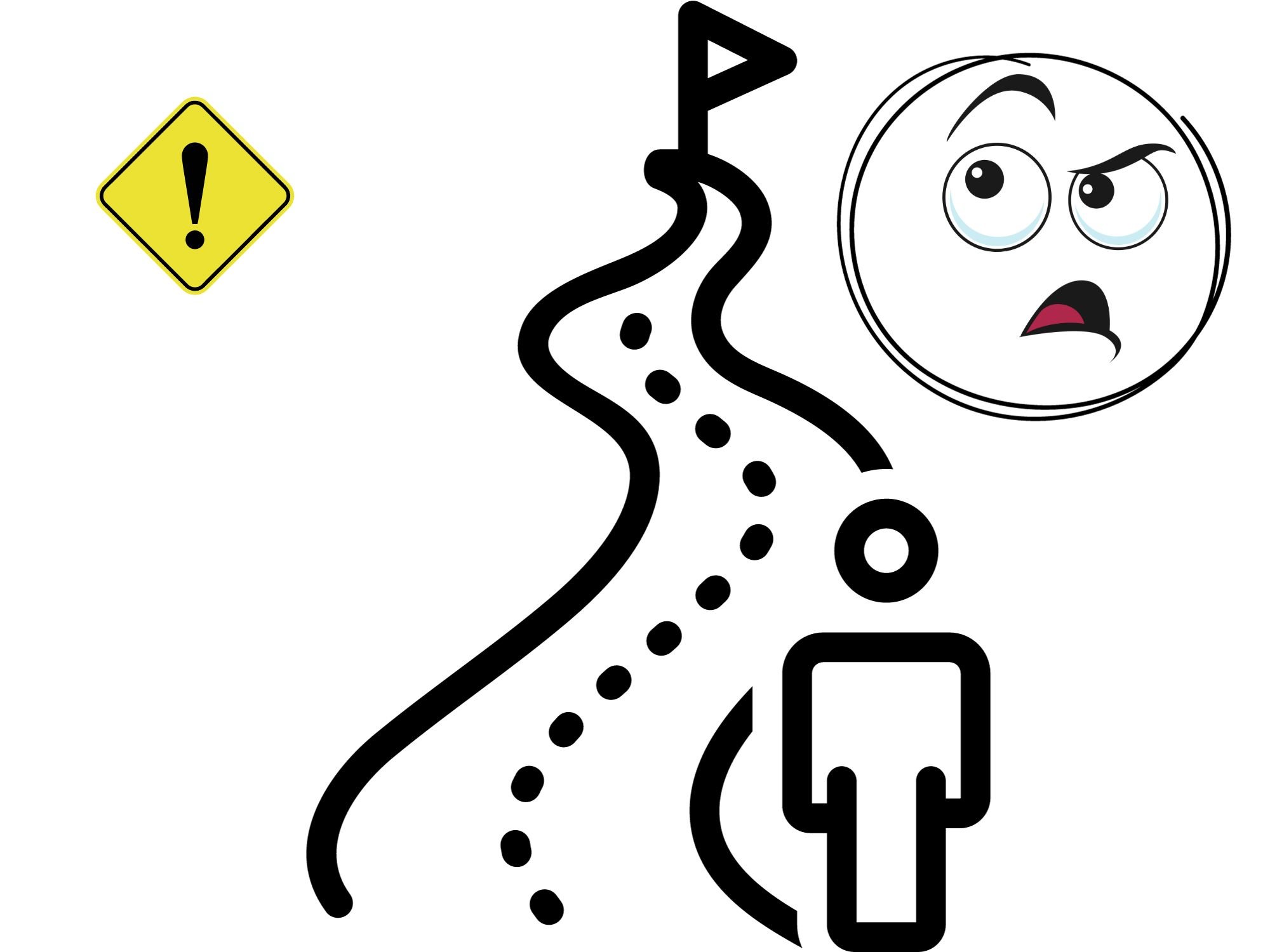How to Get Better At Planning (10 tips that work)
Let’s explore how to get better at planning. Because becoming the person who plans well means you can get more done, and get it done more efficiently.
Distractions abound, so fine tuning this skill will save you time and make your life way more efficient in the long run.
But let’s skip the small talk. These are my top ways to become a better planner.
Let’s get it.
Hey there, just a heads up that some of the links in this post may be affiliate links. That means I earn a small commission. This is at no extra cost to you, but helps me keep the lights on. Thank you for your support!
1. Don’t Spread Yourself Too Thin
Too much is too much. I mean, we can only give our attention and energy to so many things.
So one of the best ways to start getting better at planning is to focus. This requires getting clear on your goals and priorities (and doing a little decluttering).
Because knowing what’s important to you and what your non-negotiables are will guide your planning.
Good planning is all about knowing how to narrow your focus, which is a modern soft skill.
So here are some quick tips for honing your focus and not spreading yourself too thin:
Discover your why and goal motivations
Set realistic goals and timelines
Learn to say no
Know when and how to delegate certain tasks
2. Organize Things (outside of your head)
Have you ever been lying in bed, waiting to fall asleep, when you suddenly have a great idea (or remember some thing you need to do the next day)?
It’s usually something simple – something that’ll be “easy” to remember.
You tell yourself “ehh, I’ll remember this tomorrow”.
So you proceed to fall asleep, only to wake the next day having completely forgotten what the hell that thing was you were supposed to remember to do.
This tip is all about avoiding that.
When we keep things in our head, we forget. We can’t tangibly organize our tasks and our planning becomes a mess.
So the simple solution here is to just move your plans, tasks and ideas out of your head and onto paper (digital or physical).
Start getting into the habit of jotting things down and keeping notes.
It’s simple, but incredibly powerful.
A couple of my favorite (free) tools I use for better organization and productivity are:
3. Prioritize
Great planning comes down to great prioritization skills.
Because knowing what to focus on first may be the most important part of efficient planning.
So after you’ve narrowed your focus and organized things out of your head (tip 2 above), it’s time to define your priorities.
One simple and effective method to prioritize your tasks is to create an Eisenhower matrix. It looks like this:
So remember, if you want to get better at planning, knowing what to prioritize (and what to deprioritize) is an important piece of the puzzle.
4. Break Down Your Bigger Tasks
Great planning is strategic.
And one of the best ways to add a strategic element to your plans is to break them down into smaller steps.
This is an exercise in reverse engineering, whereby you take a bigger goal or project, and deconstruct it into its smaller component pieces.
It looks something like this:
Define your main task or goal
Define the main micro tasks to meet the main goal
Define the nano tasks to meet each micro one
Understanding these smaller steps not only makes it easier to tackle bigger projects, but it makes completing them more realistic.
Because looking up at the peak of a big mountain is overwhelming. But taking things one step at a time isn’t.
5. Use Modern Tools + Automation
We live in awesomely convenient, digital times – so let’s take full advantage.
We can use modern tools to automate, delegate, organize and streamline various tasks and aspects of life.
Great planners know how and where to use tech and tools.
And coupling these software with the recent AI trends is adding even more fuel to the fire.
The best part about all this is we don't need to break any banks either. A lot of these tools are completely free.
I already mentioned Todoist and Notion above, but there are definitely more options worth exploring, such as:
MindMeister
Toggl
Shift
ChatGPT + other AI
6. Plan Ahead
Having a backup plan for when things go awry is a smart move.
Because things rarely go exactly as expected. So by simply planning ahead, we can stay ahead of things.
Planning ahead means having backup plans in place – plan Bs, plan Cs…etc.
This way, when forced to pivot, we’re ready (and won’t be knocked over too much by any surprise wrenches that life tends to throw at us).
For example, let’s say I’m planning to take a weekend trip out of town. My original plan is to drive to the destination and stay at my favorite hotel.
But what if, on my way, I get a message from the hotel saying they’ve been forced to temporarily close due to some health code violation (or something similar).
Or what if my car broke down the day before I was scheduled to leave?
In both of these situations, having a contingency backup plan (for random, rogue situations) would come in serious handy.
So when creating your planning protocol, consider adding a few contingencies and next-best action scenarios.
It boosts your control and supports a stronger, more sustainable planning system.
7. Timebox Your Tasks
Timeboxing is a great way to boost your planning skills.
It’s essentially more scheduling, with a little more intention.
Specifically, it’s setting your plans and tasks to a fixed and realistic timeframe.
Great time management (i.e., great planning) starts with efficient scheduling of your tasks.
Here are some quick tips for implementing a timeboxing routine:
Identify your plans and tasks
Use a timer and set realistic timeframes
Schedule in breaks
Evaluate things and make adjustments if needed
8. Use Workflows + Systems
No planning tip list would be complete without mentioning the importance of building a good, repeatable system.
Having a system (or workflow) is like having a personal step-by-step action guide for your life.
It’s a series of steps or processes which you can easily follow for meeting goal(s) and completing task(s).
It’s a systematic approach to improving your productivity and planning.
And a lot of the tips above (breaking down tasks, timeboxing…) are key parts of creating a personal system.
So we’re already halfway home. Now let’s bring it all together.
A good system includes:
Clear goals and objectives
Your weaknesses or bottlenecks
Workarounds and solutions to any weaknesses or bottlenecks
A way to track or manage your workflow
A schedule and process for working through your tasks
A way to review and reflect (adjusting things as needed)
9. Make Things Visual
We talked above about the importance of bringing tasks and ideas out of our heads and onto paper.
But this tip takes things another step further.
Making your planning visual means creating diagrams, charts and maps to get an even clearer idea of everything you’re managing.
I’m definitely a visual learner myself, and I can tell you that converting workflows and planning into an image is super beneficial.
One of the best ways to do this is to create a mind map.
I briefly mentioned MindMeister above, but another (also free) option worth checking out is Coggle.
Beyond this, you could also try AI.
For example, you could feed Midjourney or ChatGPT data and information about your workflow structure and steps.
You could then prompt the AI to create a visual image or table of your system.
Either way, making things visual can offer you a fresh perspective with potentially new insights.
10. Cultivate A Planner’s Mindset
The success of these tips (and better planning habits in general) hinges on having the right mindset.
I’ve written it before and I’ll write it again, but mindset is everything. It’s the cat’s pajamas.
So if there’s one thing you take from this post, it’s this: start believing and cultivating a planner’s mindset.
Mindset is the way we perceive, interpret and experience the world around us. A planner’s mindset is one that supports your planning goals and beliefs.
Here are some key tips for foster this way of thinking:
Identify any limiting beliefs you have about your current planning issues
Surround yourself with more inspiring and motivating things and people
Practice mindfulness
Embrace challenges, failures, mistakes and setbacks
Want More? Check Out These Sweet Reads!





